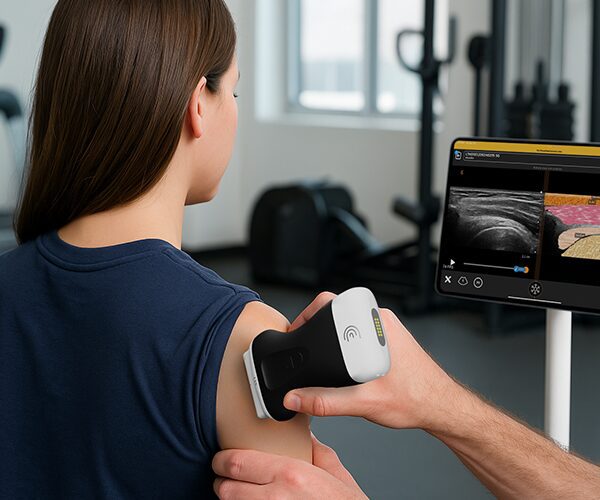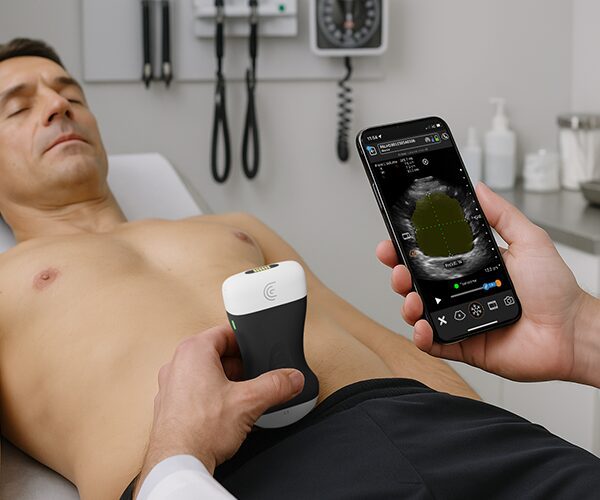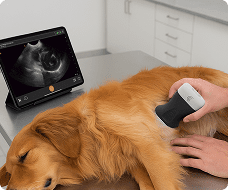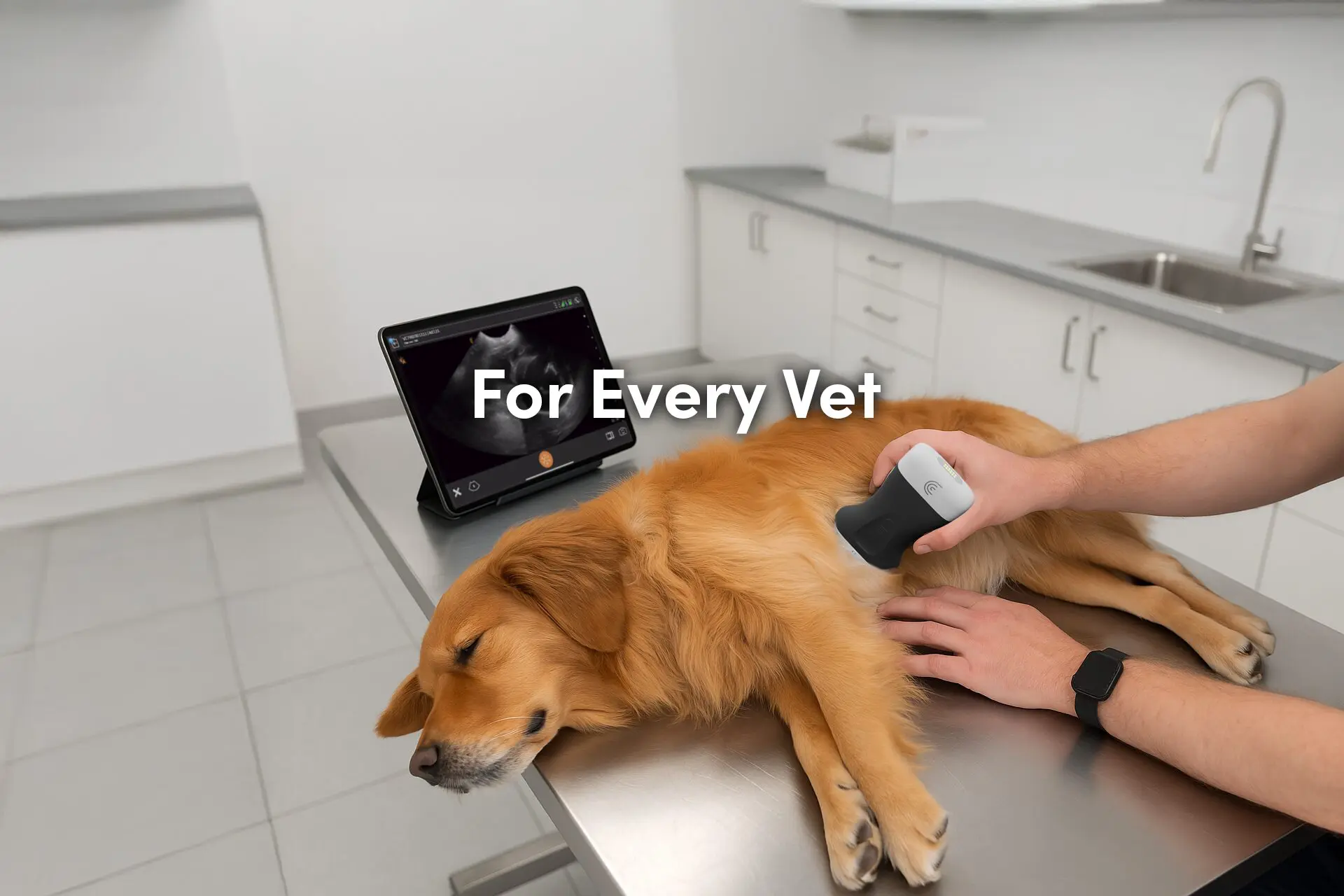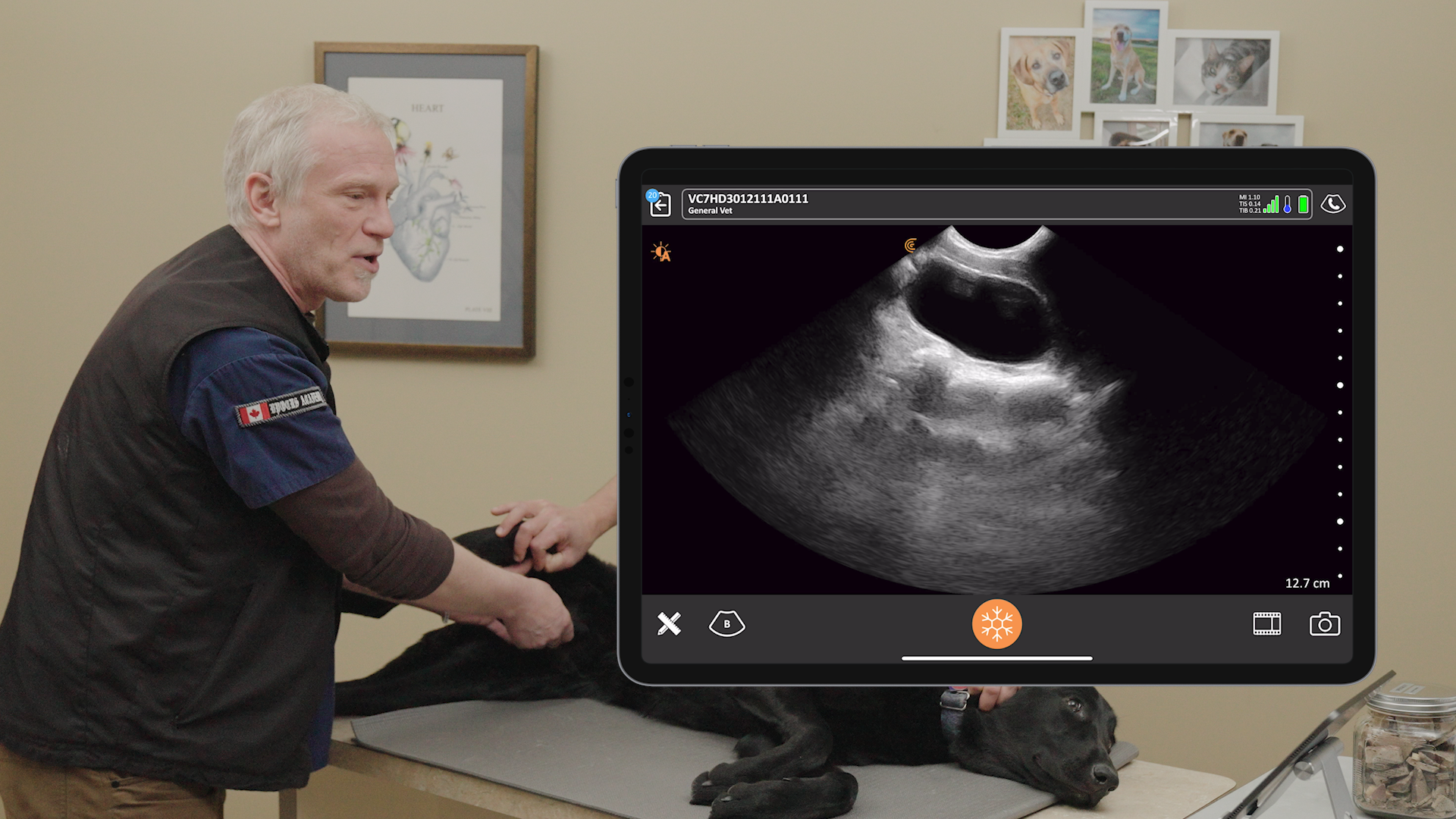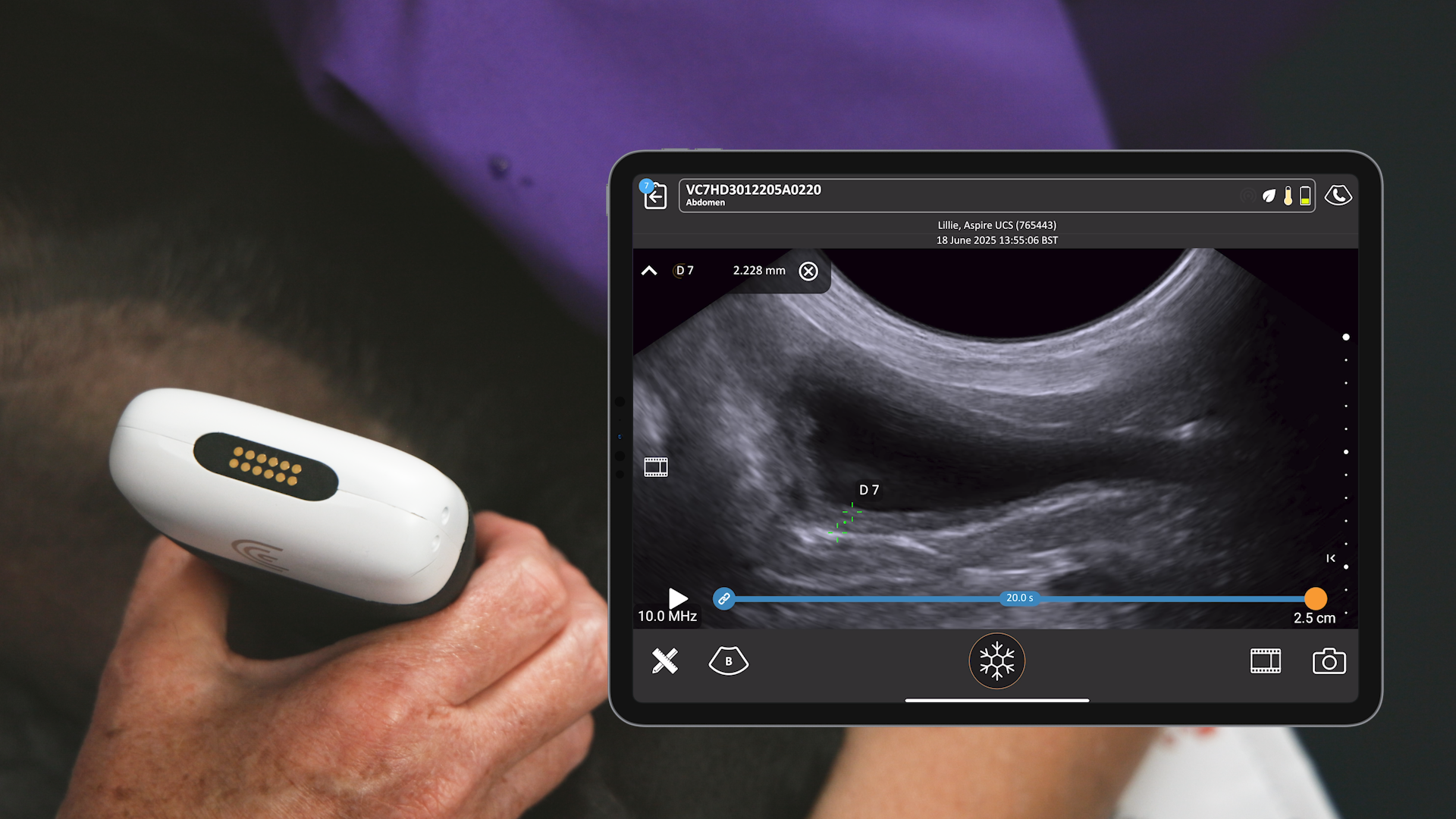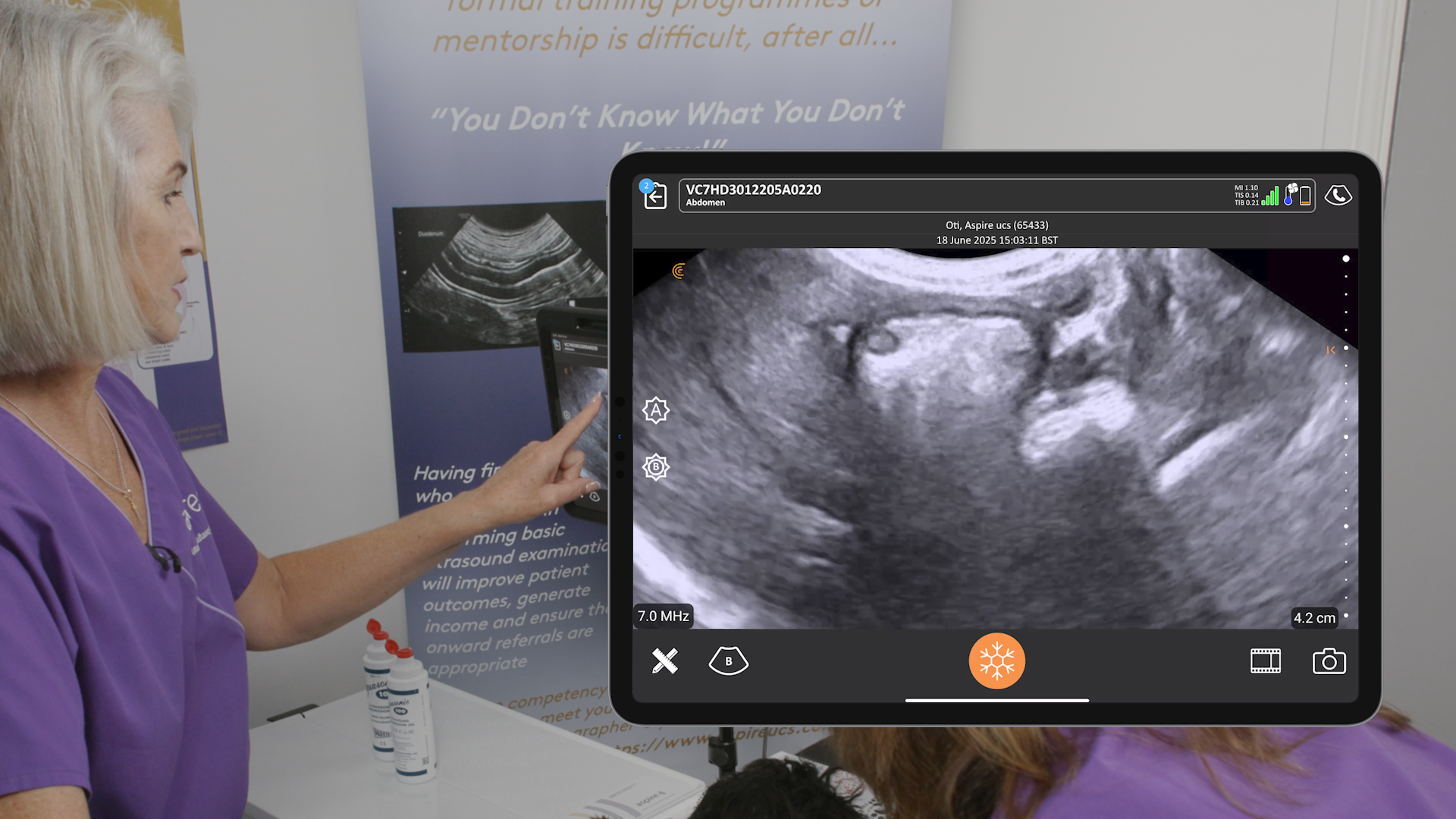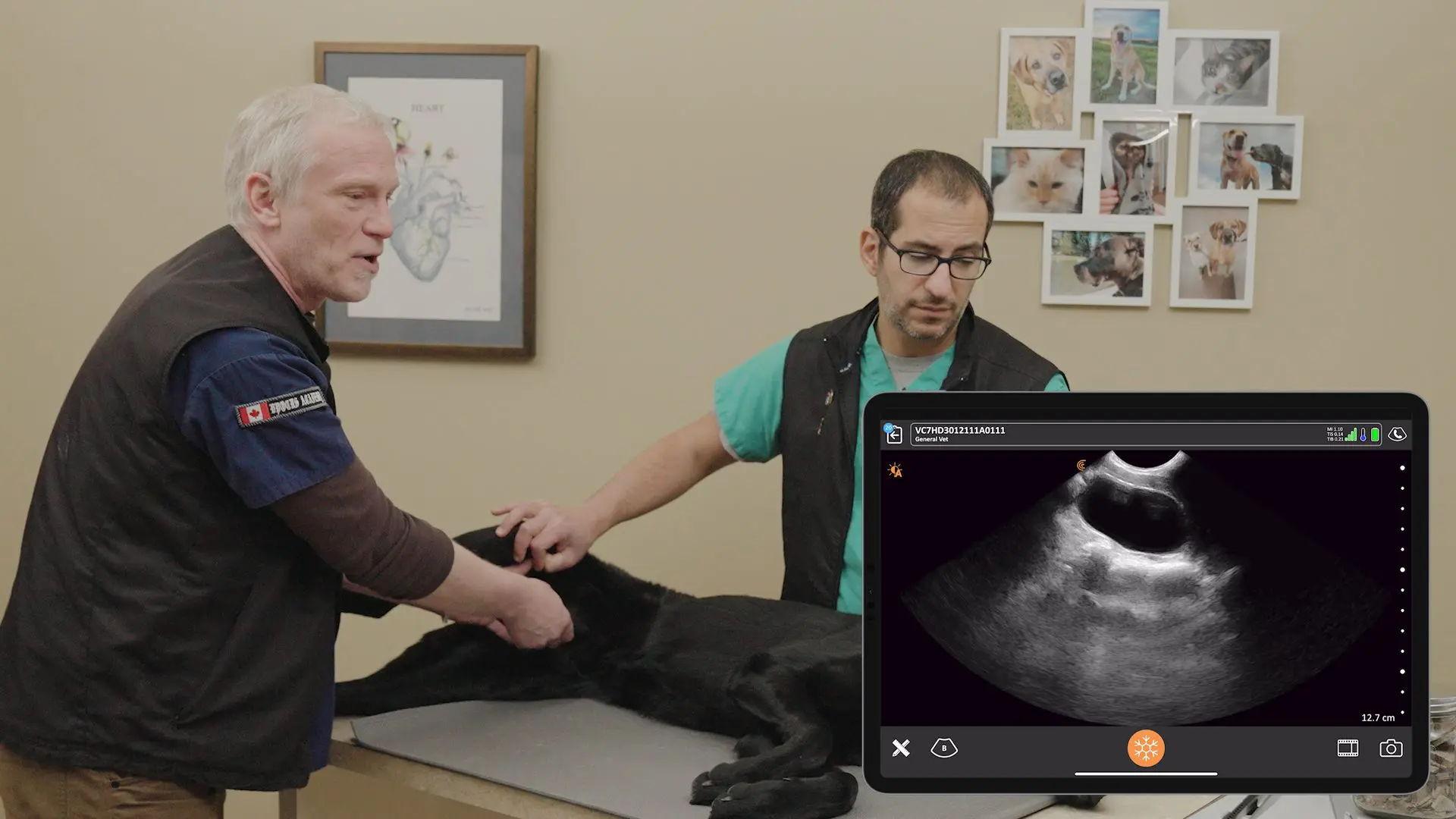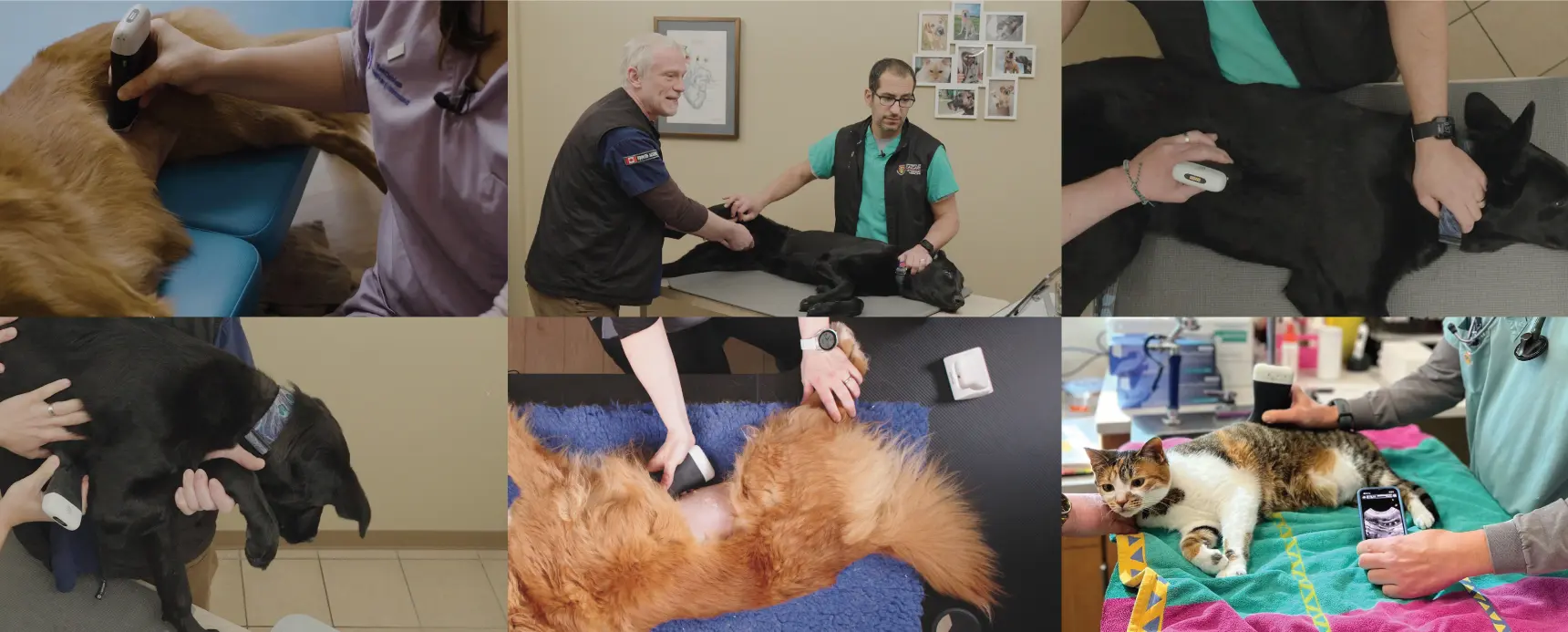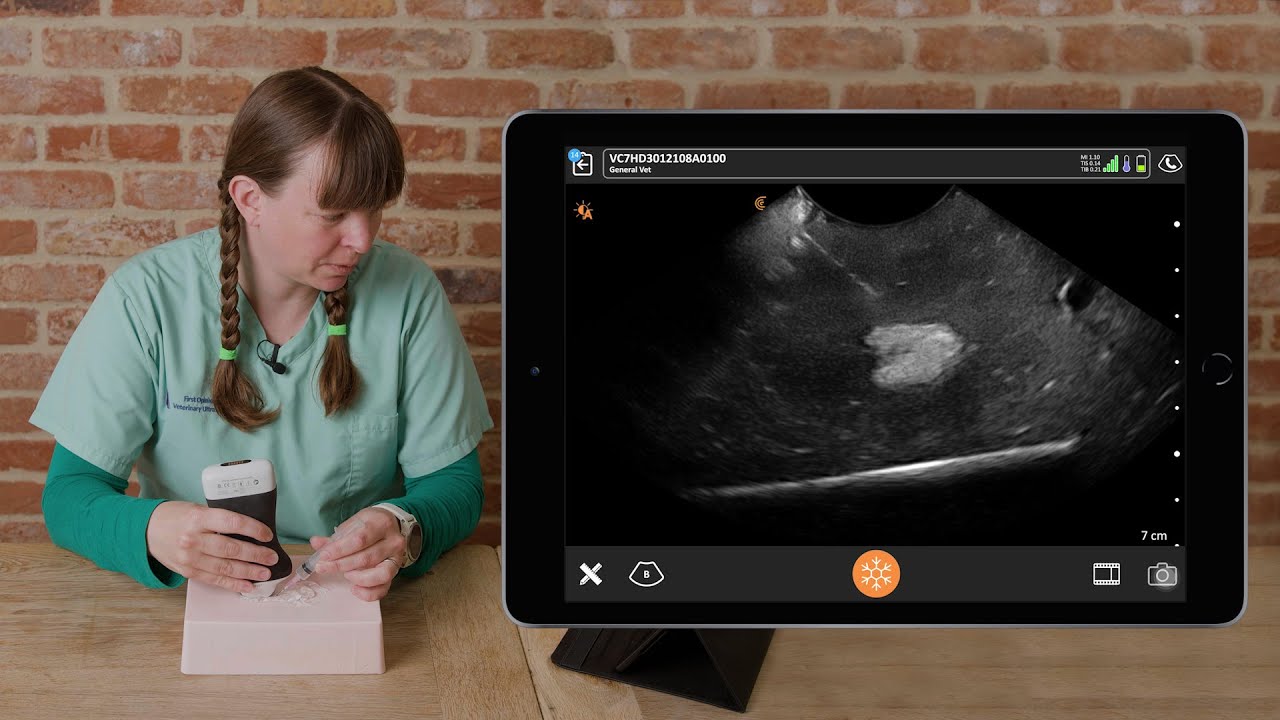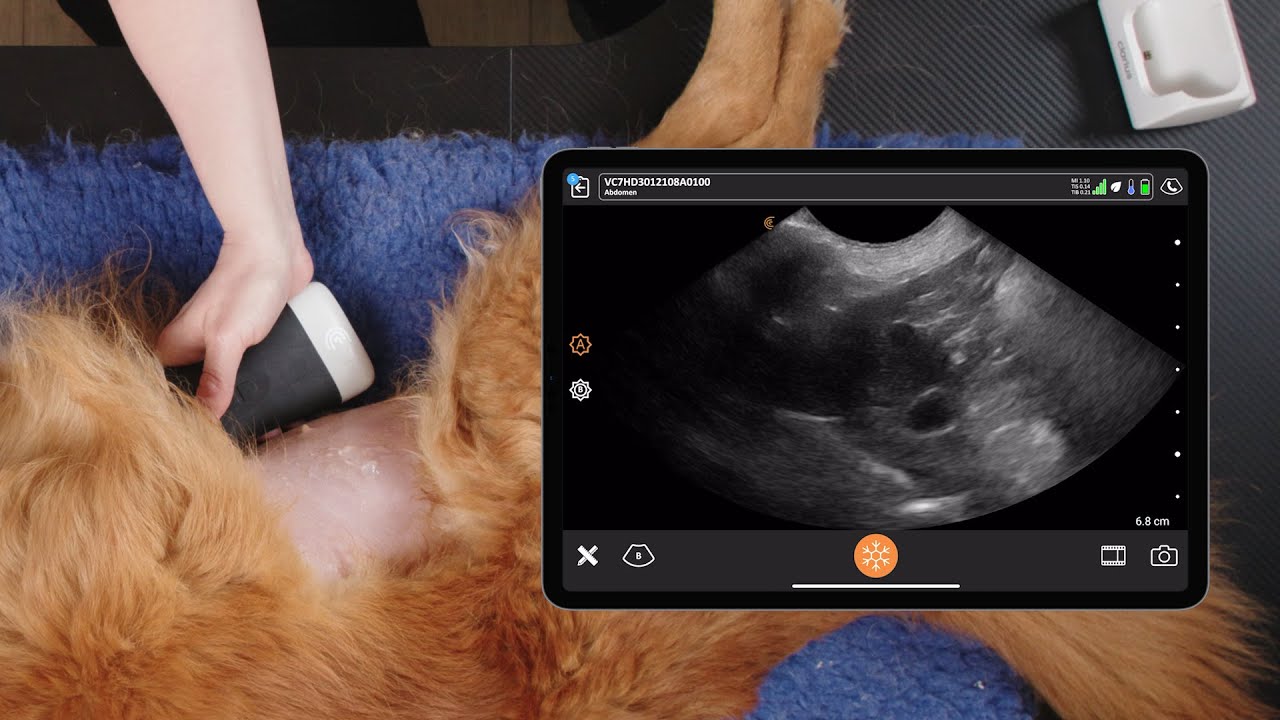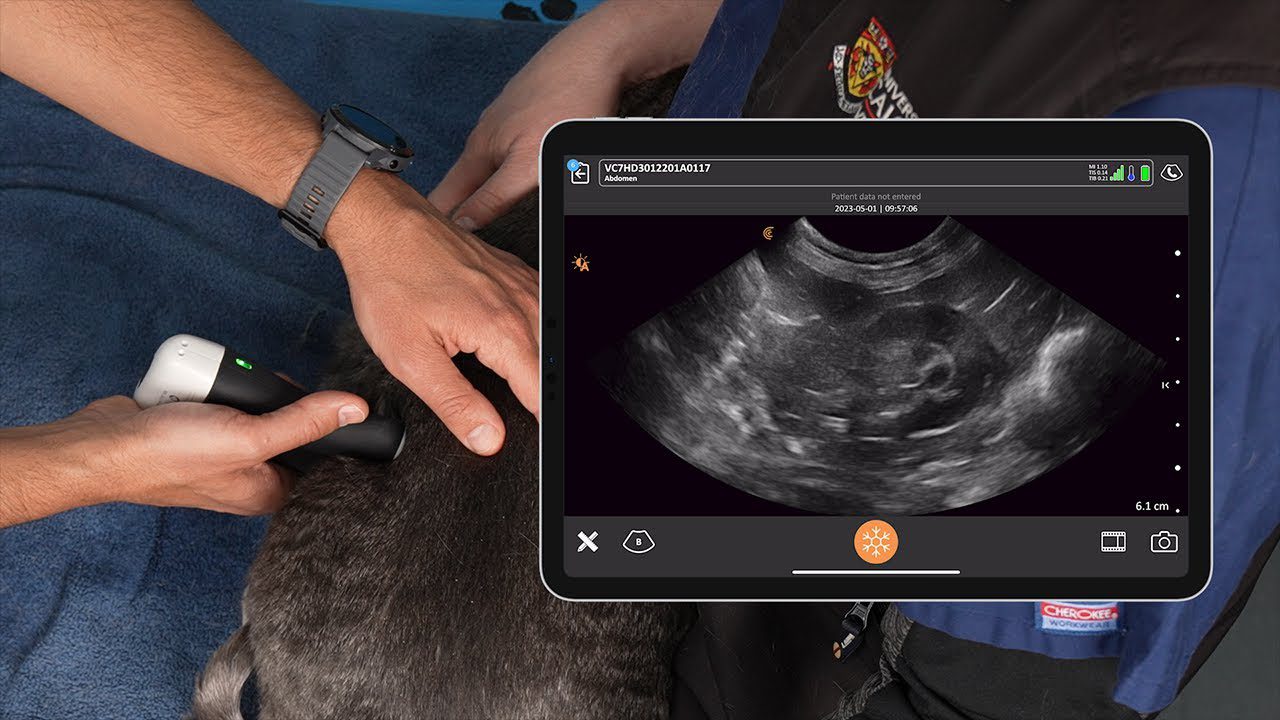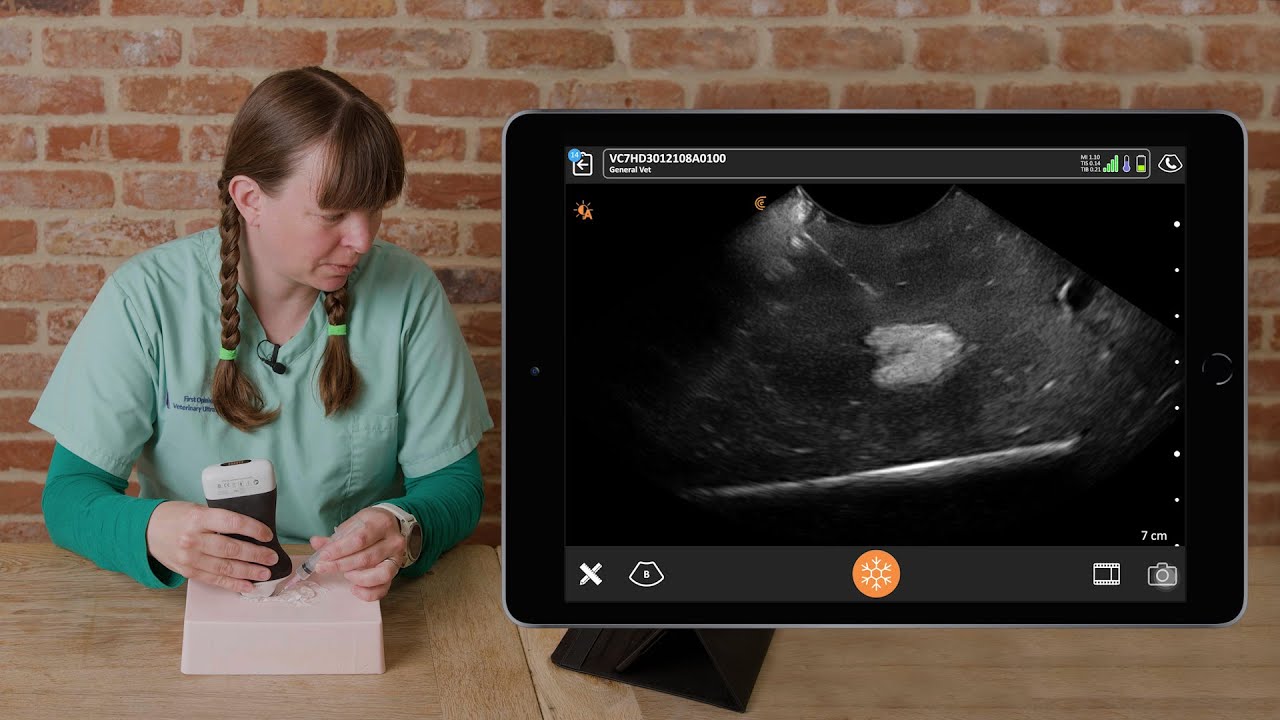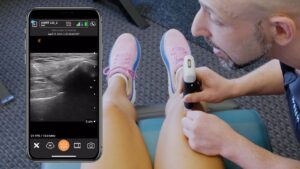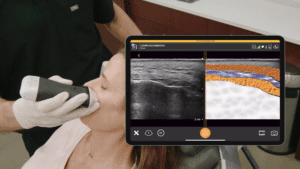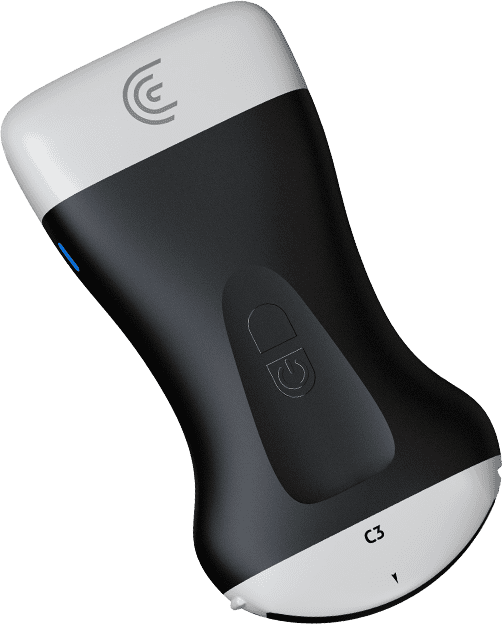Pulmonary hypertension (PH) is a complex condition that can cause significant morbidity and mortality in dogs. Traditionally, diagnosing PH has required extensive workups, including radiography, echocardiography, and advanced imaging. However, with the advent of point-of-care ultrasound (POCUS), veterinarians can now quickly and accurately assess for PH at the bedside.
In a recent webinar hosted by Clarius, Dr. Soren Boysen and Dr. Serge Chalhoub, leading experts in veterinary POCUS, discussed the use of POCUS in diagnosing and managing PH in dogs. They presented a case of a 7-year-old French Bulldog named Piccolo who presented with acute collapse, a three-week history of cough, exercise intolerance, and increased respiratory effort.
Watch a one-hour webinar recording to discover the critical role veterinary ultrasound plays in diagnosing and managing pulmonary hypertension: Pulmonary Hypertension in Crisis: Can POCUS Save the Day? It is RACE-approved for 1 CE/CPD Credit if you access it through the Vet Show. Read on for quick highlights and a video demonstration.
Drs. Boysen and Chalhoub discuss how they used POCUS to quickly identify several abnormalities suggestive of PH in Piccolo, including:
- Right atrial and right ventricular enlargement
- Right ventricular hypertrophy
- Interventricular septal flattening
- Signs of right-sided congestive heart failure, including ascites, a distended non-compliant caudal vena cava, and a halo sign
- Pulmonary arterial enlargement
Based on these findings, they could confidently diagnose Piccolo with severe PH.
Clinical Takeaways from the Webinar
- POCUS can be used to quickly and accurately assess for PH in dogs.
- A 10-point scoring system can be used to grade the severity of PH based on POCUS findings.
- The eccentricity index, which compares the width and height of the left ventricle, can also be used to assess for PH.
- Treatment for PH should be targeted at the underlying cause, but may also include general supportive care and specific pulmonary arterial vasodilators such as sildenafil.
The Role of POCUS in Veterinary Medicine
POCUS is a powerful tool that can be used by veterinarians to diagnose and manage a wide range of conditions. In the case of PH, POCUS can help to identify the condition early and allow for prompt treatment. This can help to improve the quality of life for affected dogs and may even extend their lifespan.
Watch this 4-minute video to see Dr. Boysen demonstrate how to perform a thorough 5-point abdominal ultrasound exam on a dog.
Ready to Learn more about Clarius Ultrasound?
If you are a veterinarian interested in learning about POCUS, this Clarius webinar on PH is a great place to start. Or choose from more than a dozen other veterinary webinars and video tutorials on the Clarius website.
We also invite you to book a virtual demonstration to discuss if Clarius scanner is right for your veterinary practice. Or visit our Veterinary Specialty page to learn why Clarius ultrasound is a popular choice for veterinarians shopping for an ultrasound system.

